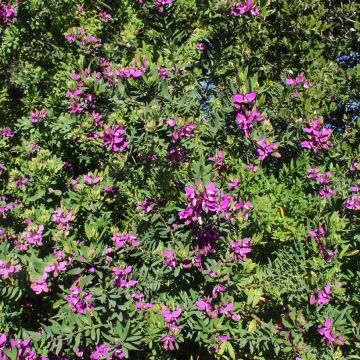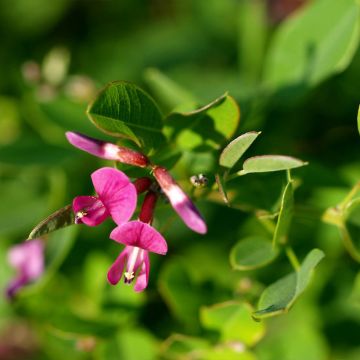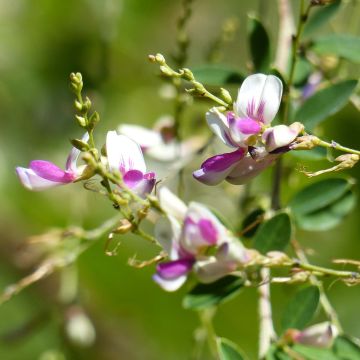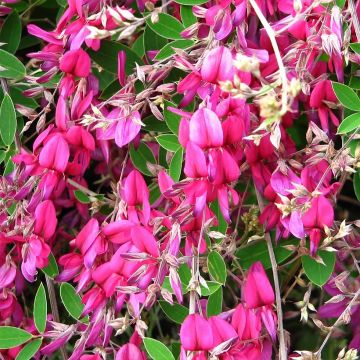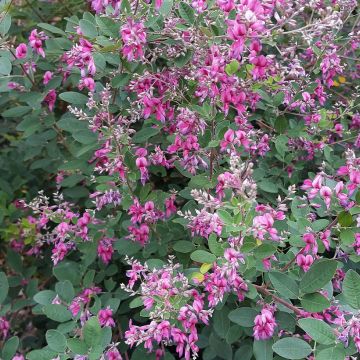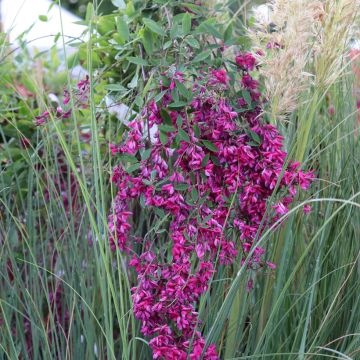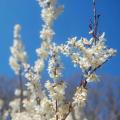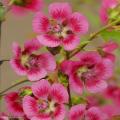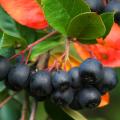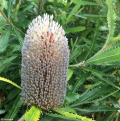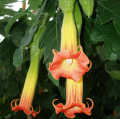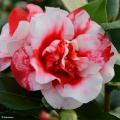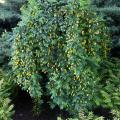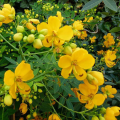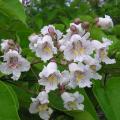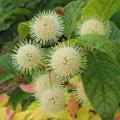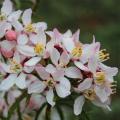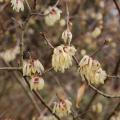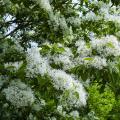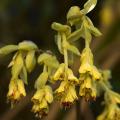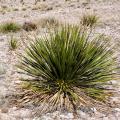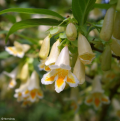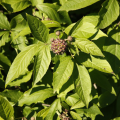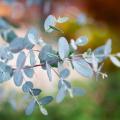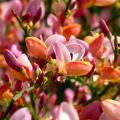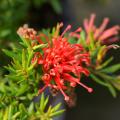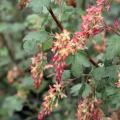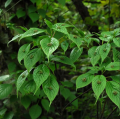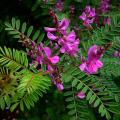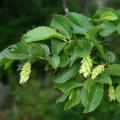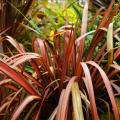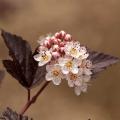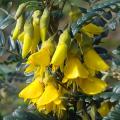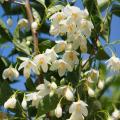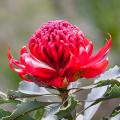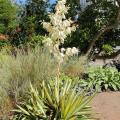Lespedeza
Does this plant fit my garden? Set up your Plantfit profile →
Available in 1 sizes
Available in 1 sizes
Available in 1 sizes
Available in 1 sizes
Available in 1 sizes
Available in 1 sizes
Our range of Lespedeza or Bush Clovers, also known as Desmodium penduliflorum, Lespedeza thunbergii and its varieties are bush plants of the legume family appreciated for their late flowering and truly graceful weeping habit. Along with Lespedeza bicolor (L. bicolor 'Yakushima' for example), these are the most planted in gardens. The genus Lespedeza includes about 50 annual, shrubby, or perennial species and hybrids native to rather warm regions of eastern North America, eastern and southern Asia, and Australia. Those cultivated in our climates are woody-based plants whose arching stems die back each year in winter and resprout from the stump in spring, rather late. They bear deciduous leaves, usually composed of 3 leaflets. Their flowers are purple, pink, or white, gathered in clusters. They appear in late summer or early autumn. The root system of the bush clover is equipped with nodules that fix atmospheric nitrogen. In cultivation, it has few requirements, except for warmth and a well-exposed sunny position. Relatively water-efficient, it dislikes excessively arid situations, excessively calcareous or heavy soils, and heavy clay soils. It is not very sensitive to cold when mature, but requires good protection at the stump when young.
To learn everything about the cultivation of this beautiful plant, also consult our advice sheet "Lespedeza: planting, cultivation, and maintenance".
Haven't found what you were looking for?







































